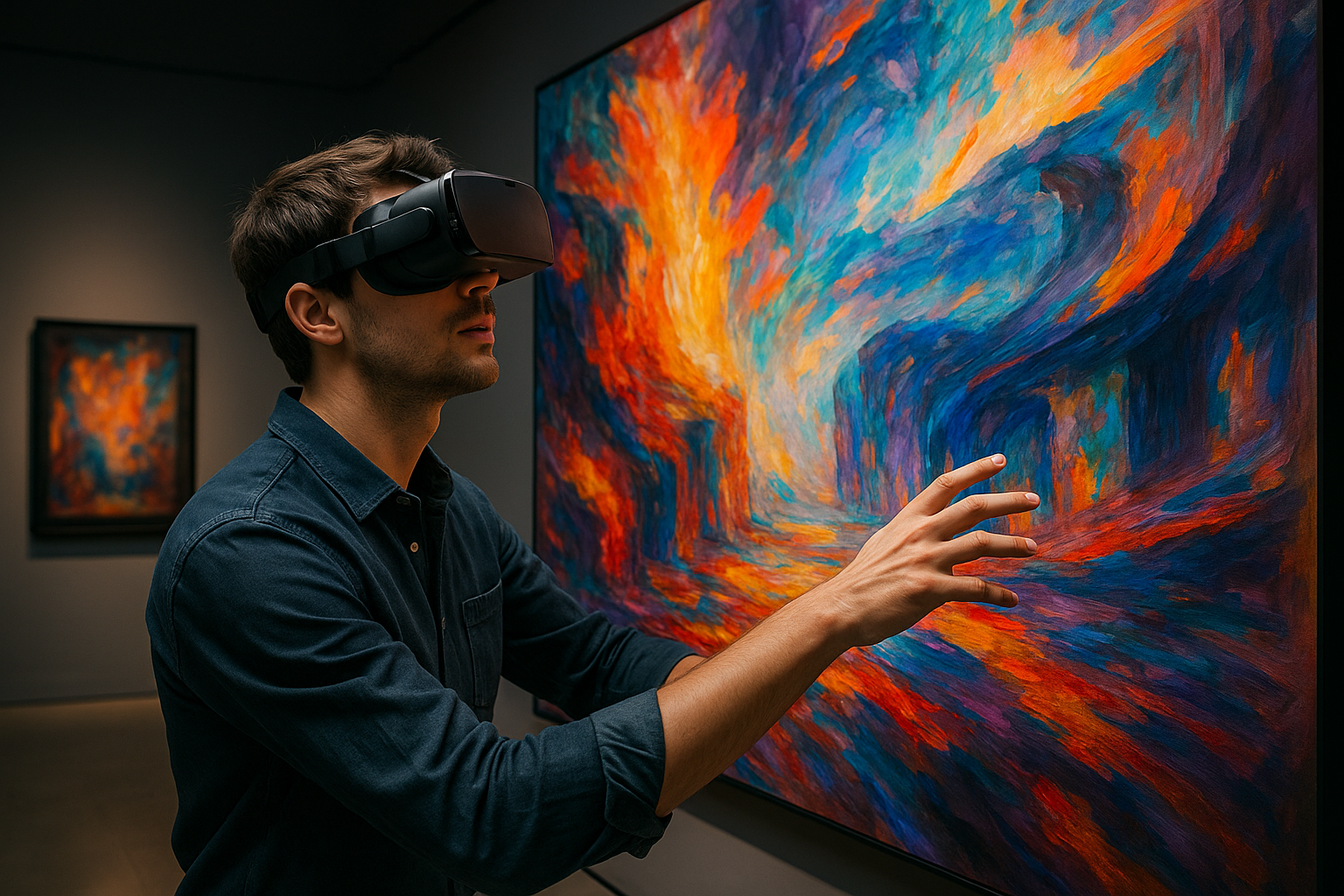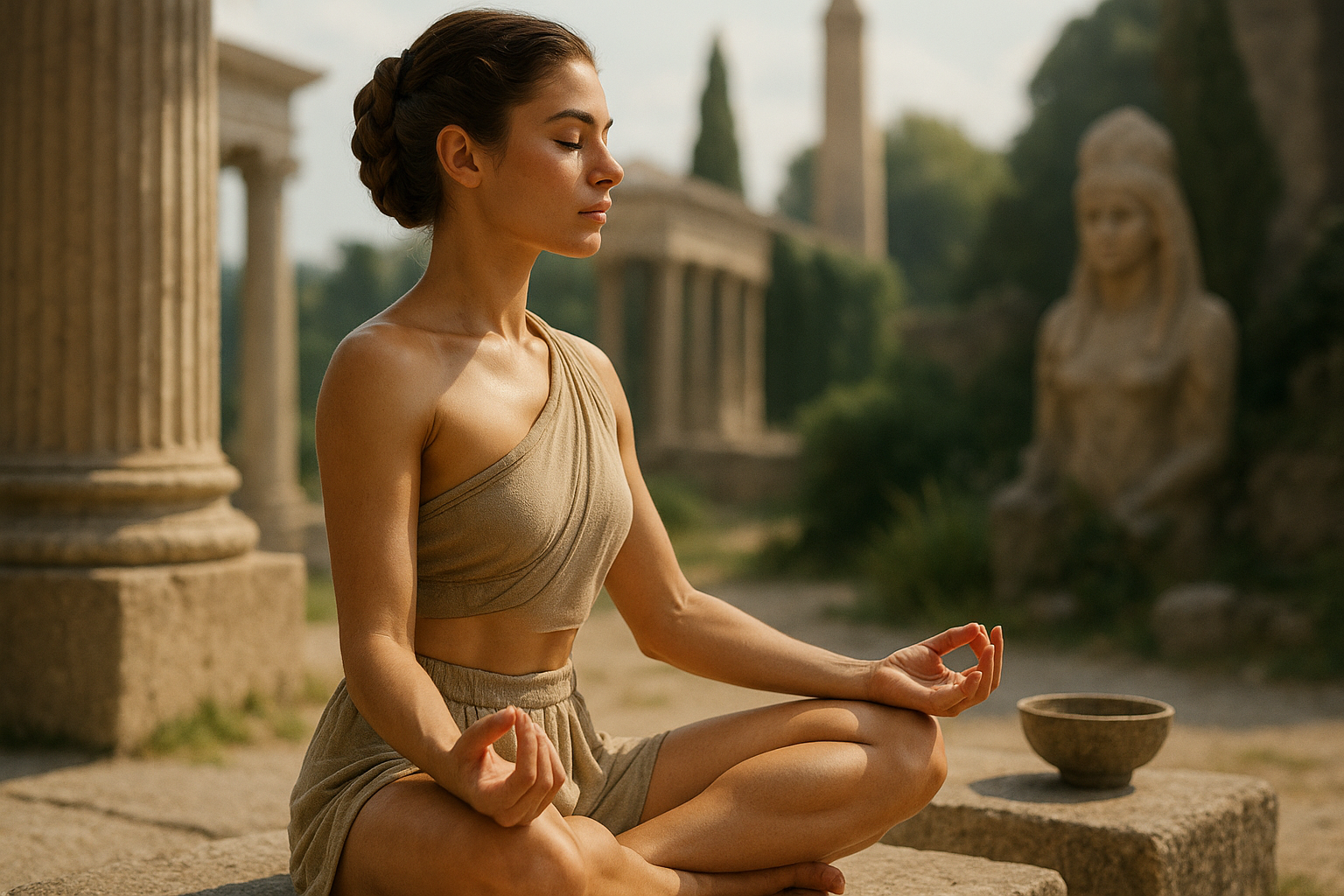"Reinventing Reality: The Aesthetic Shift in Virtual Reality Arts"
Introduction: Immerse yourself in this exploration of the breathtaking transformation in the world of arts, where the lines between reality and virtuality are blurring. Virtual Reality (VR) is no longer just a tech buzzword; it's revolutionizing the very essence of artistic expression and presentation.

The Dawn of Virtual Reality in Arts
The genesis of Virtual Reality can be traced back to the mid-20th century, but its integration with arts is a relatively recent development. Initially seen as a medium for gaming and simulations, VR gradually entered the domain of arts towards the end of the 20th century. Artists started experimenting with this technology, creating immersive environments and narratives that were previously unthinkable.
The Contemporary Scene
Fast forward to the present day, Virtual Reality has become a popular artistic medium, with artists and institutions harnessing its immersive capabilities to create groundbreaking works and experiences. Major museums and art exhibitions globally are integrating VR installations, providing viewers a completely new dimension of engagement with art.
Impact and Significance of Virtual Reality in Arts
The rise of Virtual Reality in arts has profound implications. The immersive nature of VR allows for a level of interaction and engagement that traditional mediums can’t match, enabling artists to communicate their vision more effectively. It’s not just about viewing art anymore; it’s about experiencing it, living it. This shift is fundamentally changing our understanding of what art can be, and how it can affect us.
Reception of Virtual Reality Arts
Public and critical reception of Virtual Reality arts has been largely positive. Many appreciate the innovative, immersive experiences that VR provides, which is a stark departure from traditional art-viewing. However, there are also concerns about accessibility, as not everyone has the means or the technical know-how to experience VR art.
The Future of Virtual Reality in Arts
As VR technology continues to evolve, so will its application in the arts. Artists are only beginning to scratch the surface of what’s possible with this medium. With advancements in haptic technology and AI, we can expect even more immersive and interactive VR art experiences in the future.
The integration of Virtual Reality in arts is a testament to the ever-evolving nature of artistic expression. As we stand on the cusp of this exciting new era, it’s evident that VR is not just a new tool for artists—it’s a whole new canvas.





